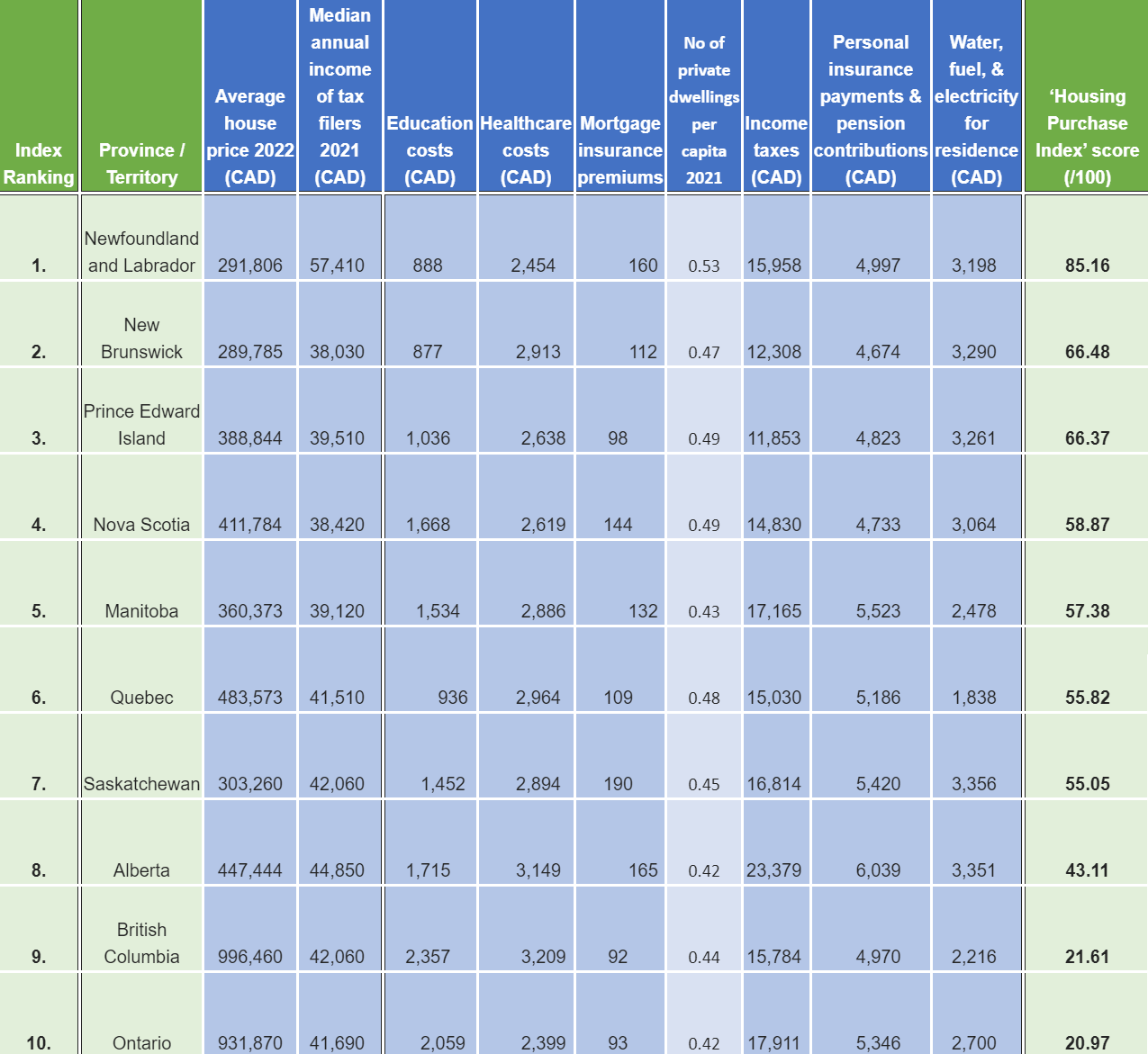Canadians continue to have trouble affording homes because of rising interest rates even as home prices have dropped in major markets across the country, as reported by Ratehub.ca.
“Home values dropped in all 10 cities we looked at, yet still became less affordable. August to September data highlights how impactful even a minor rate increase is on affordability,” said James Laird, co-CEO of Ratehub.ca and president of CanWise mortgage lender.
What did the mortgage stress test show?
Ratehub’s latest report on housing affordability in Canada showed that in 10 cities studied between August and September, the amount of income required to purchase a home had risen.
As five-year bond yields reached the 4.4% range, a peak that had not been seen since 2007, fixed mortgage rates have continued to increase on a monthly basis. The Bank of Canada’s overnight lending rate remains at 5%, causing the prime rate in Canada to stay at 7.2%.
With the average mortgage rate of 6.33%, several mortgage applicants showed a mortgage stress test at 8.3% or even higher. This was a 0.1% increase from the mortgage stress test conducted in the previous month, and resulted in a decrease in affordability for average buyers in Canada.
“The stress test is the highest it has ever been, exceeding the high watermark that was set last month,” said Laird.
Vancouver showed the largest increase in required income to fund a purchase. Even as average home prices declined by $5,100 in the city, homebuyers still needed $250,000 to buy a home, which was a $3,900 increase from the previous month.
Toronto had the largest home price decrease out of all the 10 markets, posting a decline of $14,400. However, home buyers needed an additional income of $1,800 in the city to purchase a home last month. Hamilton, which had not seen growing income requirements in the previous months, saw a decline in its affordability as the average income required to buy a home increased by $1,640 even as home prices decreased by $9,500.
Laird said borrowing costs cannot be countered by the softening market prices alone. Unless the Bank of Canada begins to cut rates, he said, home buyers will find little relief in the coming months.
“Home values are going to need to drop a lot more to offset the impact of the sharp rate increases,” said Laird.
Ratehub.ca’s analysis was based on the monthly real estate data that was released by the Canadian Real Estate Association (CREA).
Source CMP
By Abigail Adriatico






 (source: MetroVancouverHomeSource.com)
(source: MetroVancouverHomeSource.com)